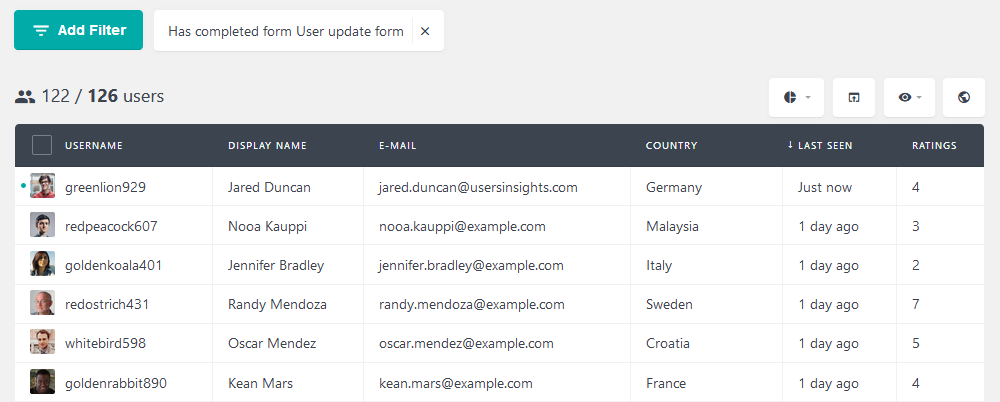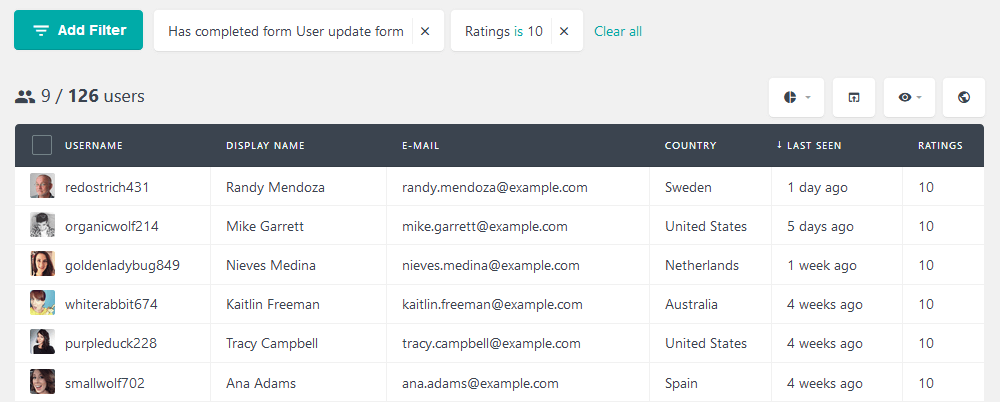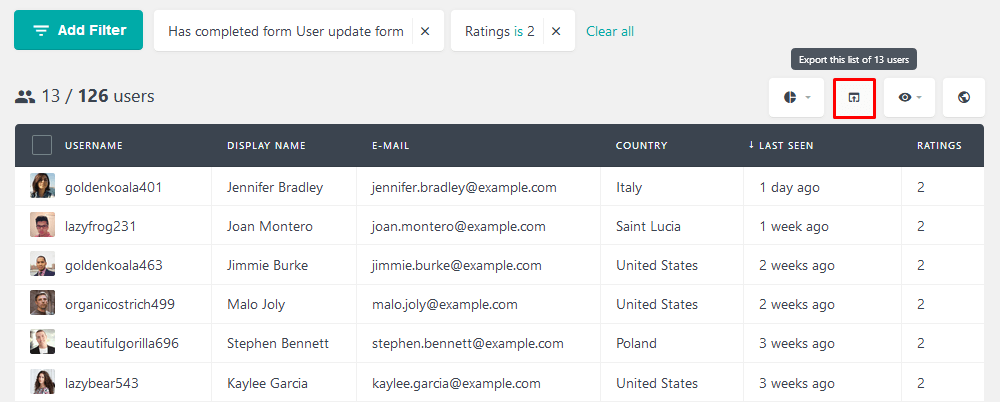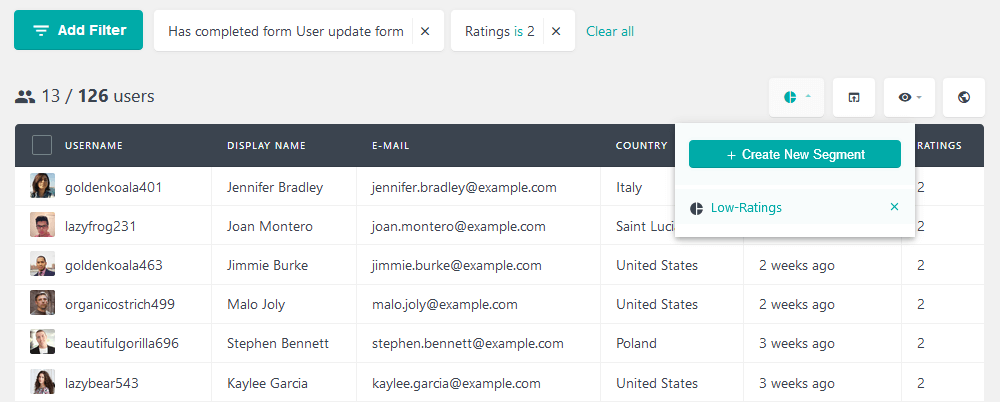How to Measure Customer Success Rate
Today we look into how to measure customer success. First, we investigate the different definitions that customer success can have. Then we go over different metrics you can use for your own business. Next, we dive into how to implement these metrics. And finally, we learn how to process your metrics and how to turn this data into actions.
Since customer success is such a subjective matter, it may be hard to find good metrics to measure it. What works for some, won’t work for others. Each industry, culture, and mission feed into different success metrics.
But is there a middle ground? Is there a magic formula? As it is hard to define the ideal metric toolset, today we focus on the entire process of how to measure success. We start by defining what customer success means, and what it can mean for you. From there we get a better understanding of which data points to collect for the information we need.
Once you master the process of defining your own client success metrics, it’s easy to tweak and adjust. In addition, there are strategies that can be implemented afterward.
Furthermore, the whole process of understanding your customer success metrics is amplified with Users Insights. Then we analyze your data points based on how you define customer success.

What is customer success for you?
This point is a bit philosophical, and honestly, there is no right answer. This is simply an assessment of what drives you and your business towards customer success.
For instance, in some cases, high profits and huge growth are the main driving force. In this case, you’d probably define customer success around lifetime value or number of orders.
On the other hand, others care mostly about solving a particular problem. In these cases, metrics around customer satisfaction are going to translate what you, as a customer success manager, define as customer success.
Of course, there are some metrics that are required for a business. Sales, profit, income, refunds. These are probably success metrics that all businesses have. But there are other metrics that are useful just for specific cases. It’s all a matter of finding out what works for you.
In order to get started, simply write down customer success metrics related to your mission. But if you want a bit of inspiration let’s see a few examples.
What customer success metrics would you measure?
Although the right metrics depend on what you define as success, we can get started with the basics.
Let’s check customer satisfaction measured by reviews first. This is given by:
Customer Satisfaction = Sum of ratings / Number of ratings
In addition, there are many variations of this metric. It’s very common to group ratings into “feelings” and then measure your customer satisfaction in these groups. For instance, all ratings below 5/10 can be considered “low”, then you can measure your low rating percentage:
Low ratings = Count ratings below 5 / Number of ratings
Because the path to customer success goes through measuring unsatisfaction, we need to talk about customer churn. Churn is simply the measure of how many users have canceled their subscriptions in a given period. This gives you an idea of how many customers are rotating each month.
Customer churn = number of customers lost in period / number of customers at the end of the previous period
For instance, if you had 100 customers, lost 5 and gained 10 it may look like you are successful. After all, you are growing 5%, which is pretty good, right? Well, but in this case, you had a 5% Churn. This means that your customer base could be increasing by 10%, but is growing much less to offset this loss.
In addition to plain customer count, you can weight customers for their revenue. After all, from the profit point of view, losing a $1000 customer is still worse than losing 2 $100 customers. Of course, this falls again into your business mission. If all customers are equal for you, then there’s no point in weighting for revenue.
In case your business is based on single purchases, then churn may not be the best metric. We have an interesting article about “How to calculate your repeat purchase rate in WooCommerce”. That’s a good metric for single-purchase business models, as you measure your customer loyalty. In addition, this can be as simple as checking users with more than one order. Thus, we won’t need any formulas here.
The Customer Lifetime Value is another good metric for customer success. That’s because higher lifetime values usually indicate a loyal customer base. Additionally, this is a simple metric, you just need to sum all the customer’s orders and that’s it! Its real power lies in measuring multiple interactions. As you see the lifetime growing you know which customers are satisfied the most. And for those who had the same lifetime value for too long, maybe it’s time to check what is wrong.
Our last financial metric for today is the average ticket size and its variations. Usually, when you see growth in the average order size – quantity or price – it’s a good sign. But this metric is tricky as there are many ways to measure it. The most common way is:
Average ticket size = Total sales revenue / total orders amount
An alternative is, for example, to measure the median ticket size. When we use the median instead of an average, we eliminate the extremely high values. This leads to a more realistic representation of your customer base if you have too much variation in order sizes.
We could write a book just on metrics, but we still have a lot of interesting topics to cover. Thus, let’s see a quick summary of other interesting customer success metrics that an customer success manager can use:
- Customer retention-related metrics (Churn, buying cycle, repeat purchase)
- New customers and customer base expansion
- Customer recovery (inactive customers with new orders)
- Product-specific satisfaction
- Customer retention costs
- Inbound marketing lead cost (costs of your marketing for current customers to generate repeat sales)
- Support-related metrics (support times, number of tickets, support ratings).
What to do with your metrics
Undoubtedly, finding our perfect metrics is great. After we know why we are measuring something and how to measure, there’s action. And these actions come in the form of strategies.
As long as we want to increase customer success, our goal is to improve our metrics over time. There are many approaches to this, but here are a few ideas.
One option is to divide users into groups, based on their categories into your metric. For instance, low rating customers versus high rating customers. Then we dive into our data and check what is different for them. This is particularly relevant if they have similar demographic characteristics.
There is a very good method for a structured approach to this. It is called the Ishikawa diagram. There are many variations depending on your business. In all of them, it works as a brainstorming tool to find out possible causes for issues.
The starting point of this analysis is our problem. For instance, a high churn rate. Then we list out all possible reasons:
- High cost
- A better alternative with a competitor
- Customer need was already supplied
- Lack of product improvements
- New need for additional features
- The solution is not working anymore
After listing these, we test out which of them are plausible. Next, you can use other methods to define the root cause of these issues. For instance, the lack of product improvements could be simply a lack of communication. Or maybe the better alternative found in a competitor is caused by a marketing campaign they are running.
How to process your customer success rates with Users Insights
Now it’s time to see your customer success metrics in action. If you are running a WordPress site with the Users insights plugin a lot of these statistics can easily be found.
As a customer success manager, you may want to know your customer ratings. This is possible if you use a plugin such as Gravity Forms to survey users. If you have the User Registration addon, you can filter users based on their form replies. Therefore, gathering the average customer satisfaction is as easy as filtering users who have replied to that form:

Then you can export these users and find the ratings using Excel for the sum or the ranges you want. Similarly, it’s possible to filter high ratings so that you can create a closer relationship with your biggest fans:

It’s important to get in touch with unhappy customers as well. Often, they just want to find a way to get heard, and it could be a good learning experience. In order to do that, you can filter users with low ratings, then export these users.

It’s possible to use this export file in MailChimp or similar to get in touch with your users.
The path to customer satisfaction is composed of constant interactions. Hence, it makes sense to run these reports often in order to keep implementing your strategies. There’s a quick way to apply filters to your users, which is using the customer segments. This feature allows you to save and apply multiple filters at once.

Conclusion
Today we looked into how to fully understand your customer success metrics. From the very basic philosophical points to the actual implementation and data collection. By the end of the day, you should be able to define your own metrics based on what success is for you. Then you can act on them if they aren’t on the desired level.
We hope you enjoyed, and see you again next time!
